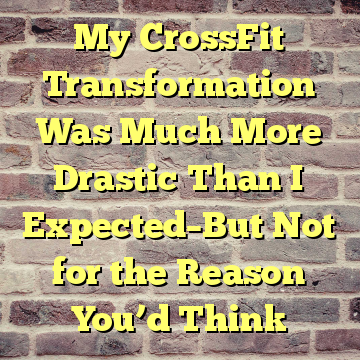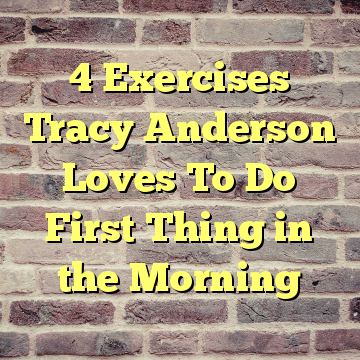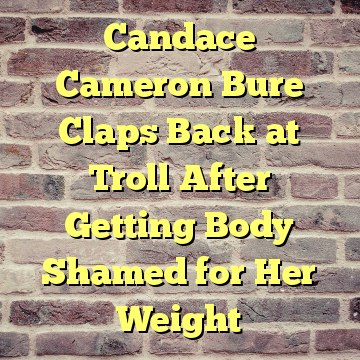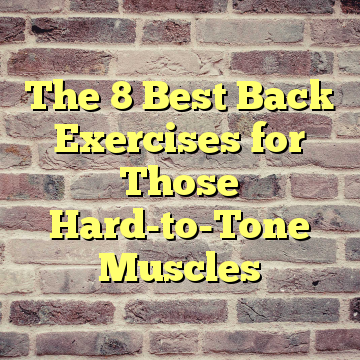You open your closet and there it is, taunting you: that pair of too small jeans you promised yourself that you were going to one day wear again. You have tried fitness classes, smoothies, and fad diets, yet nothing seems to help you lose those extra ten pounds. Will those jeans always be out of reach? Not necessarily!
While plastic surgery Oklahoma City OK may seem like a drastic option, it is becoming more and more commonplace. The non-invasive procedures to help people lose that stubborn fat are—dare I say—quick and painless! Plastic surgery is not just about radically altering your appearance or going “under the knife”—there are several in-office procedures available to help you look and feel like a better version of yourself.
CoolSculpting is a revolutionary new procedure that melts away fat without surgery and without downtime! Head off to lunch and instead of consuming calories, stop in for a quick CoolSculpting session and freeze away the fat.How does it work, without surgery? The FDA cleared CoolSculptinggel pad is applied directly to the targeted area where it freezes the underlying fat cells. As a result, over the course of a few weeks, your body eliminates the dead cells, and they are gone for good!
Another viable option to remove that fat buildup is SculpSure, which works very similarly to CoolSculpting with one major difference: SculpSure uses heat to destroy the fat cells. The FDA cleared heat source is applied directly onto the concentrated area where it slowly heats the fat cells, wiping out their structural integrity. Once again, like CoolSculpting, your body eventually eliminates these annihilated fat cells, leaving you looking slimmer in just a matter of weeks.
Liposonix can help you work on those troubled spots by utilizing high-intensity focused ultrasound energy to non-invasively wipe out those pesky fat cells. Liposonix is generally reserved for the stomach and love handle areas, and results are visible within weeks.
Another cutting edge procedure that offers the most advanced body contouring system isSmartLipo. This brand new system from CynoSure is a minimally invasive, laser-assisted treatment that has proven to deliver noticeable results with minimal downtime. The FDA approved, concentrated laser treatment eradicates the hidden fat cells without harming the surrounding skin and without surgery.
While nothing replaces a healthy diet and a steady stream of exercise, there are several non-surgical options to help alleviate the persistent fat you have tried tirelessly to eliminate. Non-invasive procedures such as CoolSculpting, SculpSure, Liposonix, SmartLipo and other, similar procedures require repeated treatments to achieve the desired results. These procedures are not recommended for the treatment of obesity; rather, they are designed to reduce the appearance of those few extra pounds. Want to erase those stubborn love handles and thunder thighs, but don’t want to submit to several visits? The surgical option, liposuction, is a procedure that essentially vacuums the fat from a patient’s body andrequires general anesthesia and a recovery period afterwards. The benefit to liposuction is that you can treat several problem areas and they can be resolved with one visit. Surprisingly, the cost associated with a couple of in-office visits for one of the non-surgical procedures can cost almost the same as the more intrusive liposuction surgery.
The first step in determining the correct procedure for you is to schedule an initial consultation with a plastic surgeon OKC. Do your research: read reviews, speak to actual patients, if at all possible, regarding their experience. Find a doctor who is board certified and in good standing, and his or her education and expertise are important factors. When you initially meet with your surgeon or certified medicalprofessional, make sure to be clear about your cosmetic goals. Keep in mind that you may not be a candidate for the non-surgical options, and your surgeon will evaluate the viability of the nonsurgical fat reduction and thoroughly explain what nonsurgical fat reduction can do for you. Once you have discussed your goals and medical condition, both alternative and additional treatments may be considered. Make sure you come to the consultation prepared—bring your questions and make sure they are answered to your satisfaction. You will also need to be prepared to discuss your complete medical history, including previous surgeries, any past or present medical conditions, current medications and any allergies you may have—especially to any medications!
Once you and your doctor have discussed your goals, assessed your physical characteristics and medical history, and you have asked all your questions, your medical professional will share recommendations and information with you, about the type or types of treatments that would serve you best. He or she can also provide information about what you should expect after the procedure, any risks or complications and anticipated results. You will also want to know the overall cost, especially if you are anticipating several treatments to achieve your goal. Before your treatment, you should follow the instructions given to you for your safety.
When considering either a surgical or non-surgical procedure to contour your shape, there are a few additional items to consider. Probably most importantly—are you interested in an actual surgical procedure, and you are ready to treat numerous problem areas at once? If you can handle anesthesia and a longer recovery period, then liposuction might be a good option for you. Not surprisingly, the majority of plastic surgeons recommend the liposuction procedure because the results are better. If you don’t mind several treatments over a period of time, one of the many non-surgical procedures might help you melt away the fat but not as effectively as the invasive liposuction procedure. There are many more non-invasive procedures than just the ones listed here; doing extensive research is an important factor to determine what will be best for your body, budget and lifestyle. The good news is that body contouring can be personalized based on your goals and desired results. Lastly, finding the right doctor or certified medical professional to complete your body transformation is key; do your homework before you commit to anything—you will be more satisfied with your results if you ask a lot of questions beforehand!
So the next time you open that closet door and that daunting pair of too small jeans stares you in the face, don’t fret; medical wonders are on your side! Once you determine what’s right for you and your body, all it may take is a few simple in-office treatments to make those skinny jeans your go-to garment!

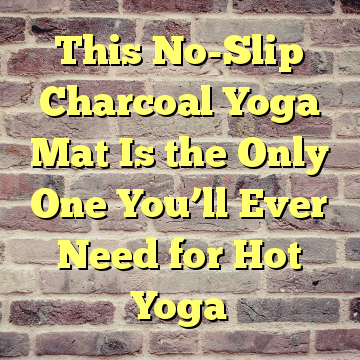







 GIF: Daily Burn 365
GIF: Daily Burn 365 GIF: Daily Burn 365
GIF: Daily Burn 365 GIF: Daily Burn 365
GIF: Daily Burn 365
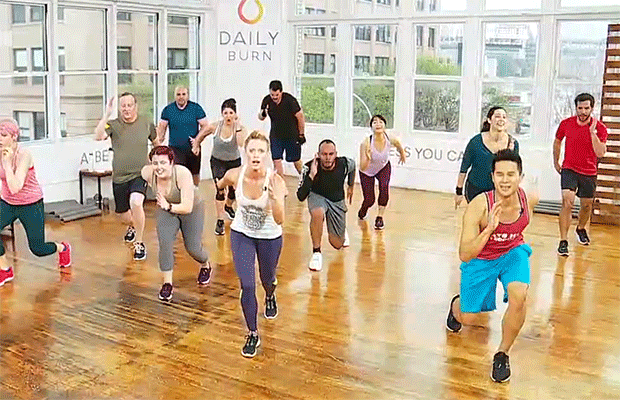 GIF: Daily Burn 365
GIF: Daily Burn 365